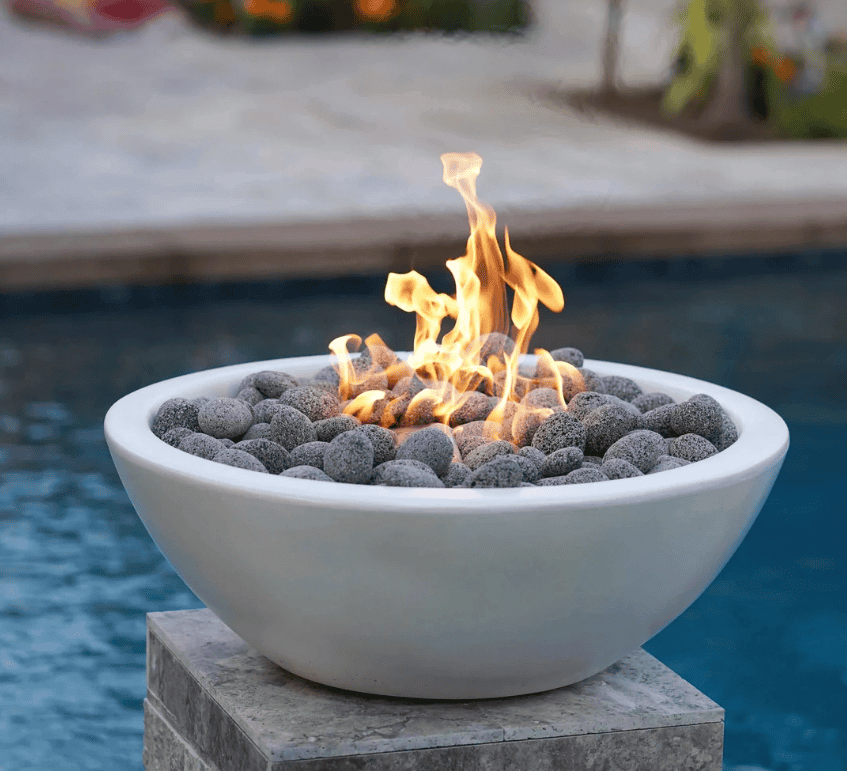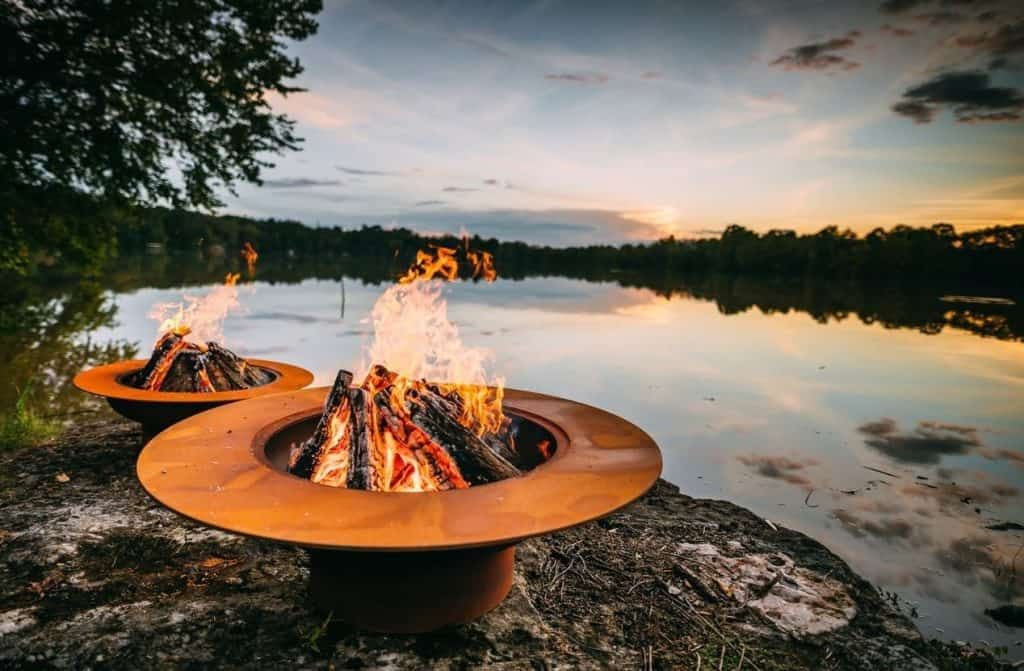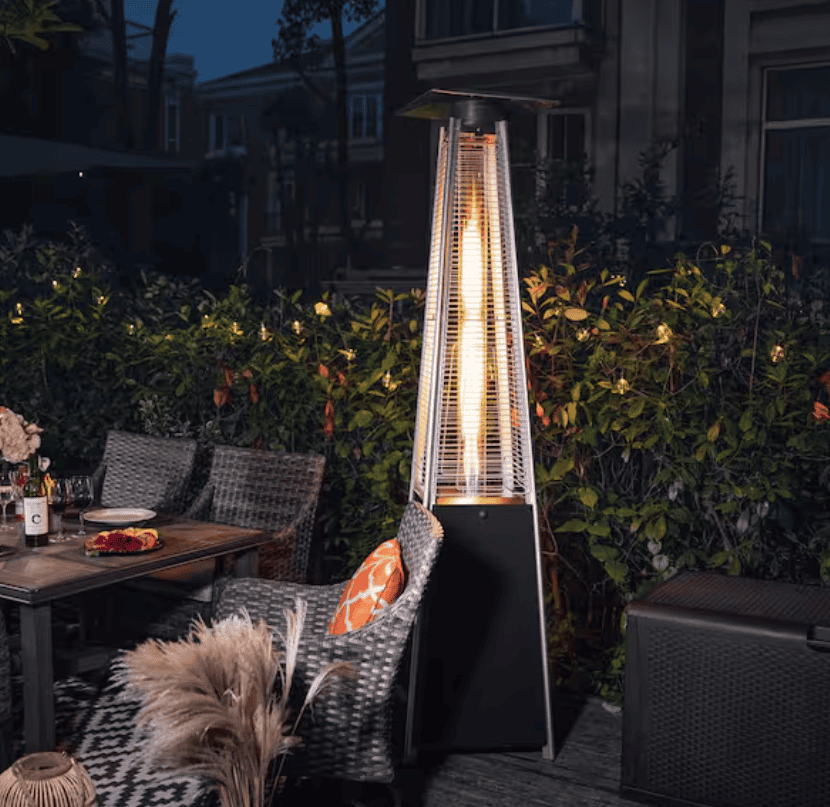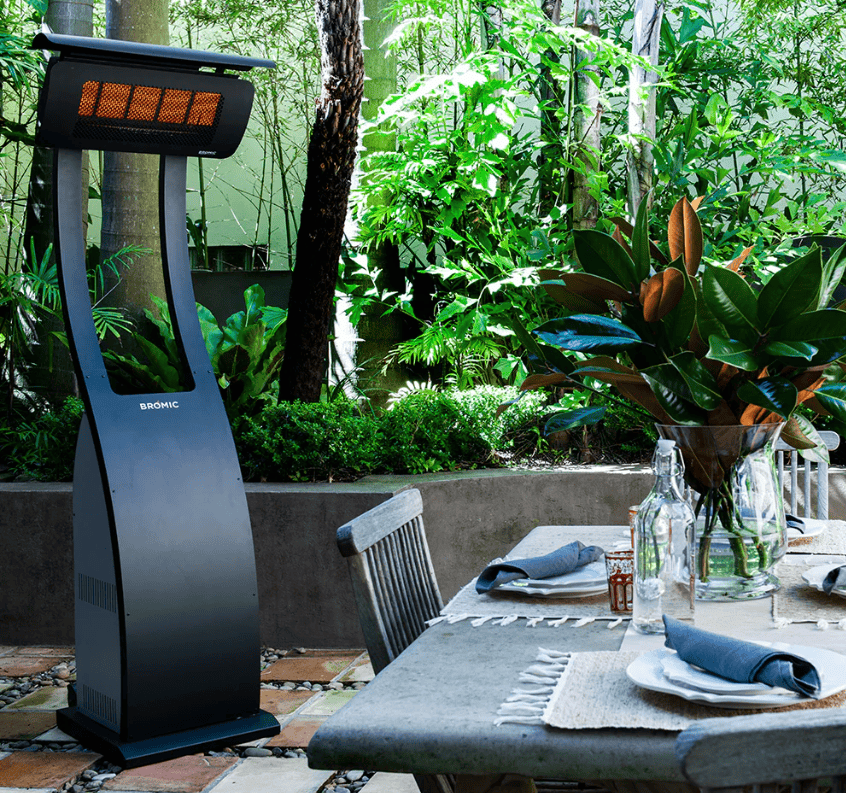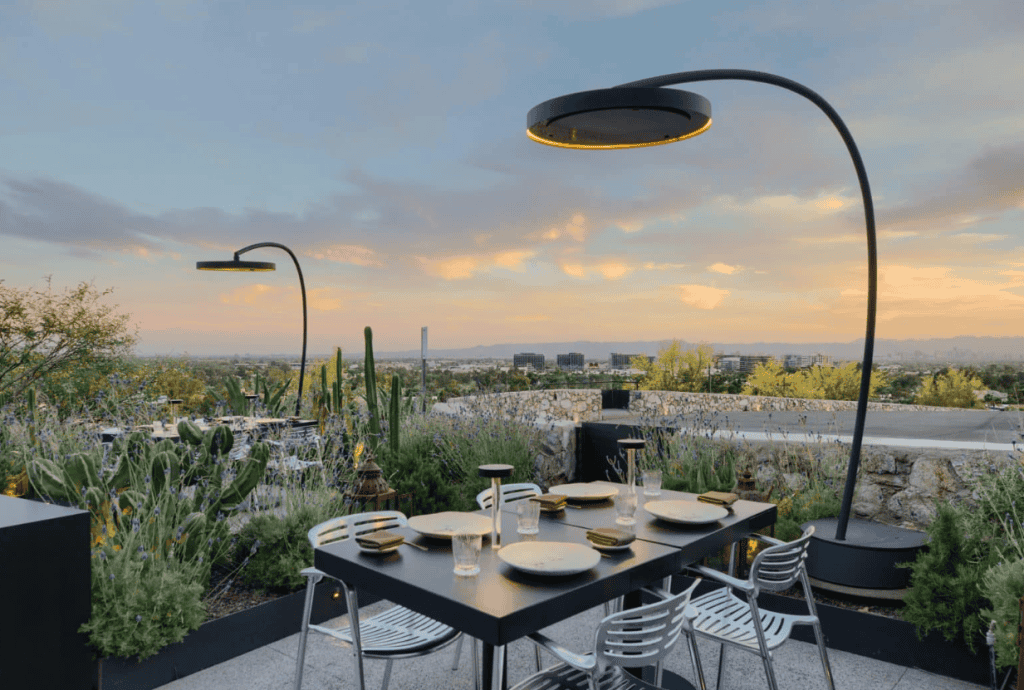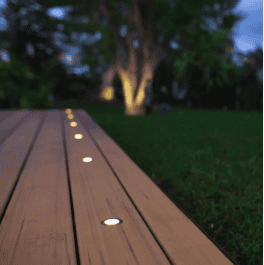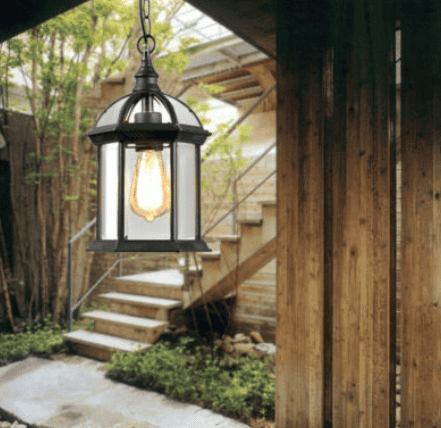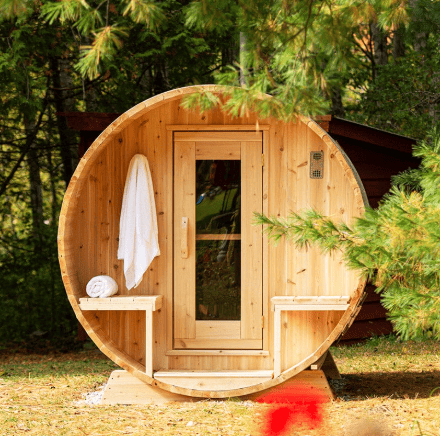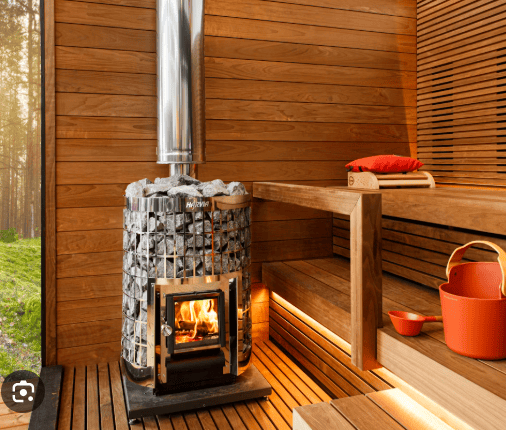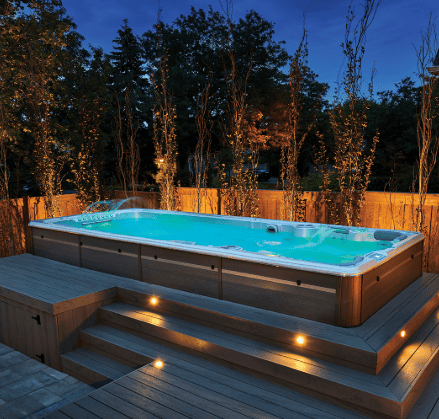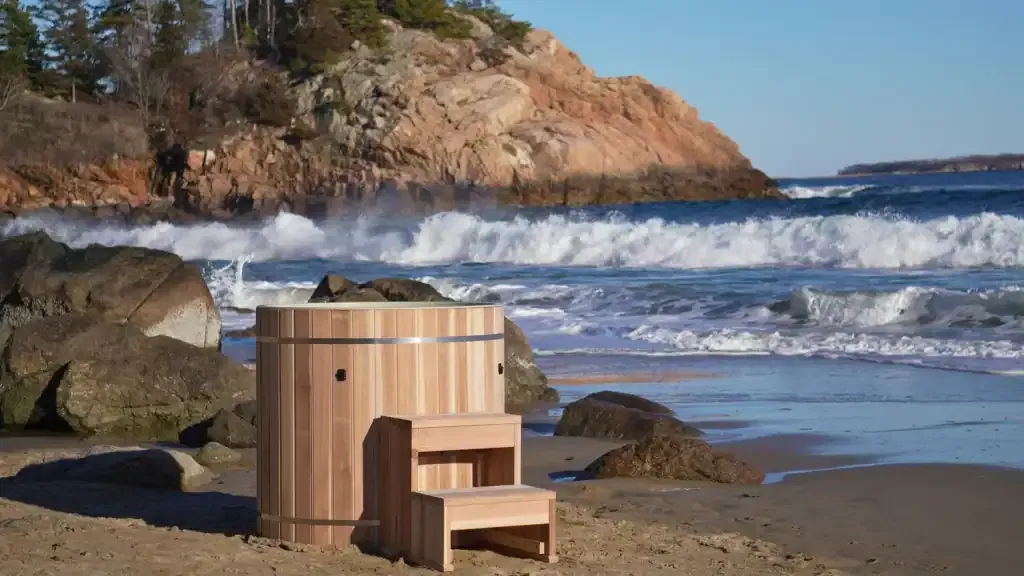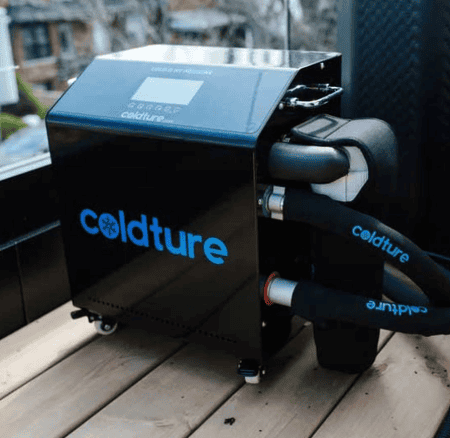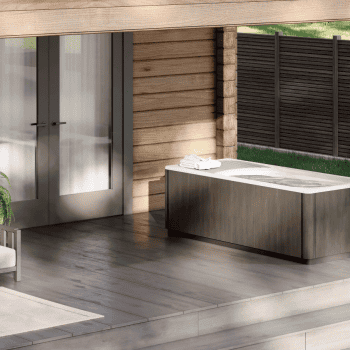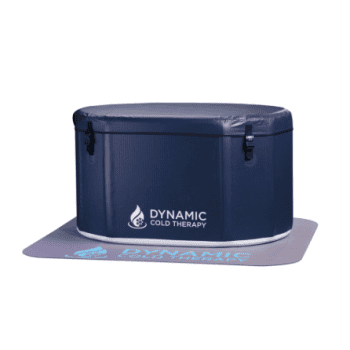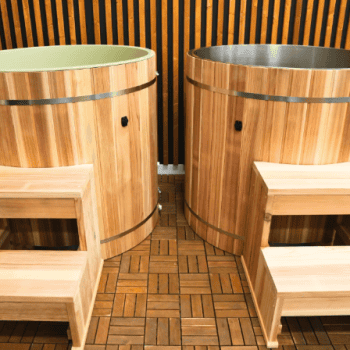Cold Plunge Chiller Collection: The Best Cold Plunge Chillers for Your Ice Bath
Welcome to the ultimate collection of cold plunge chillers, designed to enhance your cold therapy experience. If you're serious about reaping the benefits of ice baths and cold plunges, a reliable cold plunge chiller is an indispensable investment. This collection features the best cold plunge chillers available, ensuring your plunge water remains at the perfect, consistently cold temperatures for effective recovery and wellness. Explore our selection to find the ideal water chiller for ice bath that suits your needs and budget.
Understanding Cold Plunge Chillers
What is a Cold Plunge Chiller?
A cold plunge chiller is a specialized piece of equipment designed to cool and maintain the water temperature in your cold plunge tub. Unlike simply adding ice, a cold plunge chiller offers consistent cooling performance. Here's a comparison:
| Method | Characteristics |
|---|---|
| Cold Plunge Chiller | Precise temperature control and consistent cooling performance. |
| Adding Ice | Can be inconsistent and require constant replenishment. |
These chillers are designed to be energy efficient and effectively cool the water, making your cold plunge experience more convenient and enjoyable. A standard chiller provides a consistent method for achieving cold temperatures.
How Cold Plunge Chillers Work
Cold plunge chillers operate using a refrigeration cycle, much like your refrigerator. The chiller unit uses a compressor and refrigerant to extract heat from the plunge water, effectively cooling it. A water pump circulates the water through the chiller, where the heat is removed, and then returns the cool water to your cold plunge tub. Many chillers also incorporate a filtration system to keep the water clean and free of debris. By cooling the water and continuously filtering, the chiller offers a clean and therapeutic experience.
Benefits of Using a Cold Plunge Chiller
The benefits of using a cold plunge chiller are numerous. Specifically, it offers several key advantages:
- It provides consistent and precise cold temperatures, which are crucial for effective cold water therapy. This consistency ensures you receive the maximum benefits of cold, such as reduced muscle soreness and inflammation.
- A chiller comes with a filtration system, maintaining clean and hygienic plunge water.
- Using a cold plunge chiller is more convenient and cost-effective in the long run compared to constantly buying ice.
A 1 hp chiller allows for quick and efficient water cooling.
Choosing the Right Water Chiller for Ice Baths
Factors to Consider When Selecting a Water Chiller
Here's what you should consider when choosing a cold plunge chiller. There are several critical aspects to evaluate:
- The size of your cold plunge tub is paramount; a larger tub requires a chiller with greater cooling power.
- Consider the ambient water temperature in your area, as warmer climates demand more robust chillers to maintain the desired cold temperatures.
- Energy efficiency is another crucial factor, as continuous operation can impact your electricity bill.
- Also, look for chillers with a reliable filtration system to ensure clean plunge water.
Energy Efficiency and Cooling Power
Energy efficiency and cooling power are two key aspects to balance when choosing a water chiller for ice bath. A chiller with higher cooling power will cool the water more quickly and maintain the cold temperatures more effectively, especially in warmer environments. However, higher cooling power often translates to increased energy consumption. Look for models with insulation and features designed to minimize energy waste. A 1 hp chiller often strikes a good balance, but assess your specific needs.
Top Features of a Good Ice Bath Chiller
A top-tier ice bath chiller should boast several key features. Precise water temperature control is essential for effective cold water therapy. Look for a chiller with a user-friendly interface and a reliable thermostat. A robust filtration system is also vital to keep your plunge water clean and hygienic. Consider features like a built-in water pump for consistent water flow, durable materials for outdoor use, and quiet operation for a pleasant cold plunge experience. In addition, make sure the hoses and connections are durable and well-sealed.
Types of Cold Plunge Tubs
Standard Cold Plunge Tubs
Standard cold plunge tubs are commercially manufactured tubs designed specifically for cold therapy. These cold plunge tubs often come in various sizes and materials, such as plastic, stainless steel, or wood. They typically feature a built-in drainage system and may include additional features like seating or steps for easy access. These tubs are designed to work seamlessly with a cold plunge chiller to maintain consistent cold temperatures. When choosing a plunge tub, consider factors such as size, durability, and ease of cleaning.
Diy Cold Plunge Options
For those seeking a more budget-friendly or customized solution, DIY cold plunge options are a viable alternative. Common DIY approaches involve repurposing items like stock tanks, chest freezers (modified for safe use), or even large containers. These DIY cold plunge options can be paired with a water chiller for ice bath to maintain the water temperature. Remember to prioritize safety and hygiene when constructing a DIY cold plunge tub. Ensure proper sealing and cleaning to prevent bacterial growth and maintain a safe cold plunge experience. Add a filtration system when using a chiller to cool.
Plunge Tub Designs and Materials
Plunge tubs come in a variety of designs and materials, each offering different aesthetic and functional advantages. Stainless steel tubs are durable, hygienic, and easy to clean, making them a popular choice. Wooden tubs offer a natural and aesthetically pleasing look but require more maintenance to prevent leaks and bacterial growth. Plastic tubs are lightweight and affordable, but may not be as durable as other options. Consider the design and materials when selecting a plunge tub for your cold plunge setup, taking into account factors like durability, maintenance, and overall aesthetics. Consider also insulating the sides of your plunge.
Best Practices for Using a Cold Plunge Chiller
Setting Up Your Cold Plunge Tub with Chiller
Setting up your cold plunge tub with a water chiller requires careful attention to detail. First, position the chiller unit near your cold plunge tub, ensuring adequate ventilation. Connect the water hoses securely between the chiller and the tub, following the manufacturer's instructions. Fill the cold plunge tub with water and allow the chiller to run, gradually reducing the water temperature. Regularly check the water temperature to achieve your desired cold therapy level and adjust settings as needed to maintain consistent cool water. Proper installation is key to an efficient cold plunge experience.
Maintaining Optimal Cold Temperatures
Maintaining optimal cold temperatures is vital for maximizing the benefits of cold therapy. Regularly monitor the water temperature using a reliable thermometer. Adjust the chiller settings as needed to compensate for ambient water temperature fluctuations. Ensure the chiller unit receives proper maintenance, including cleaning the filtration system, to maintain cooling performance. A well-maintained chiller ensures consistent cold temperatures, enhancing the effectiveness of your cold plunge sessions and ensuring a consistently cold experience. Ensure the cooling system is running efficiently for optimal temperatures.
Insulating Your Cold Plunge for Better Efficiency
Insulating your cold plunge tub can significantly improve the energy efficiency of your chiller and maintain consistent cold temperatures. Use insulation materials to wrap the exterior of the plunge tub, minimizing heat transfer from the surrounding environment. A well-insulated tub reduces the workload on the water chiller, saving energy and maintaining colder water for longer periods. Consider insulating the lid or cover of the tub as well to prevent heat loss from the water surface. Properly insulate to optimize chiller performance and reduce energy consumption. An insulated tub will keep the water cold for longer.
FAQ about Cold Plunge Chillers
What is the best cold plunge chiller for home use?
The best cold plunge chiller for home use depends on several factors, including the size of your cold plunge tub and your budget. Look for a chiller that provides adequate cooling power for your tub's water volume. The chiller unit should be energy efficient to minimize electricity costs. A filtration system is essential for maintaining clean and hygienic plunge water. Consider a 1 hp chiller for smaller tubs and a larger unit for bigger tubs. A standard chiller should be easy to operate and maintain, offering consistent cold temperatures.
How do I maintain my water chiller for cold plunge?
Maintaining your water chiller for cold plunge involves several key steps. Regularly clean or replace the filtration system to ensure clean water and efficient cooling. Check the water hoses for leaks and ensure secure connections. Periodically inspect the chiller unit for any signs of damage or wear. Descale the chiller, if needed, to remove mineral buildup that can affect its performance. Following the manufacturer's maintenance guidelines will prolong the life of your chiller unit and keep your water cold and clean, allowing you to benefit from cold therapy.
Can I use a regular water chiller for ice baths?
A dedicated ice bath chiller is specifically designed for cold plunge applications, offering the cooling performance, filtration, and temperature control needed for a safe and beneficial cold plunge experience. While a regular water chiller might seem like a suitable option for ice baths, it's generally not recommended. Regular chillers may lack the cooling power and temperature precision required for effective cold therapy. They may also not have the robust filtration system necessary to keep the water clean in a plunge tub environment. Dedicated chillers are designed to keep the water consistently cool.

